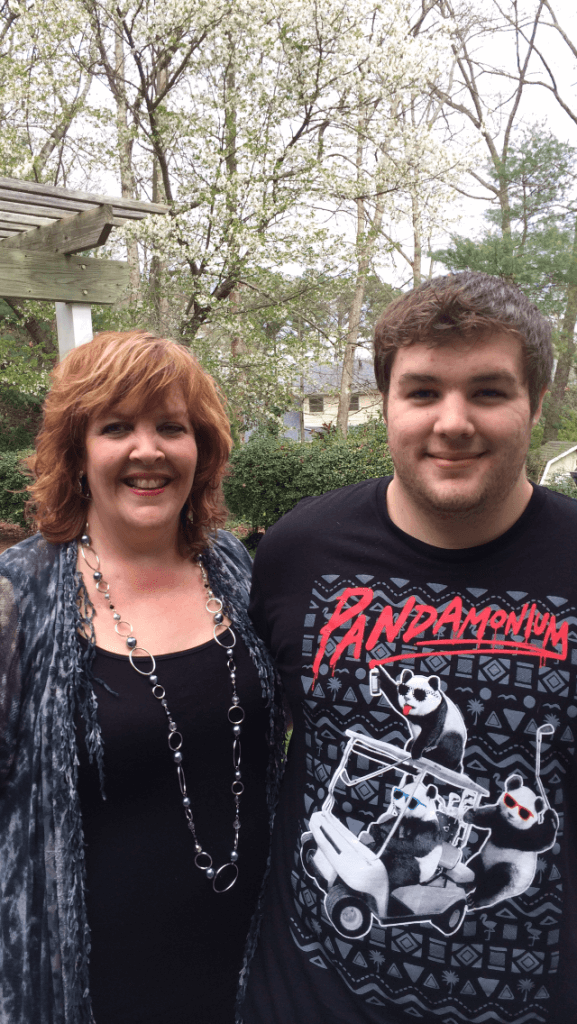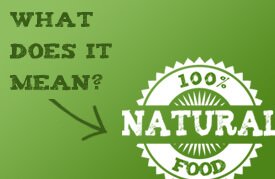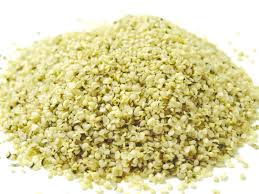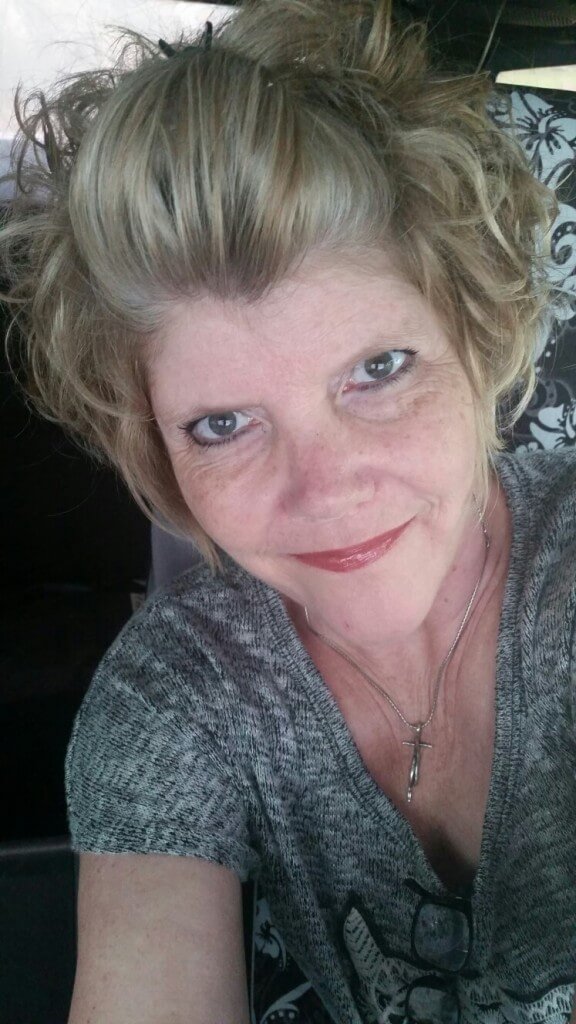Patient Perspective: Mary Kay Griffith

Hi! My name is Mary Kay and this month (September) will be my third year as a breast cancer fighter and survivor. WOW! I am so very blessed to able to say that! I went for my annual mammogram and ultrasound in August 2012. It was there that my doctor found “something” on the ultrasound and wanted to schedule a biopsy. This did not alarm me because I had several biopsies in the past and none of them turned out to be troublesome. But then, on 9/11/12, life as I knew it came to a screeching halt. I received the call from my doctor herself, telling me I had infiltrating ductal carcinoma. While feeling my head spinning, hands shaking, knees getting weak, and my heart in my throat–I was in fight or flight mode! To me there was no choice–fight, fight, fight! I am a single parent with much life yet to experience with my son, so there was NO WAY cancer was going to get the best of me! My plan of attack consisted of a bilateral mastectomy with free-tram flap reconstruction, eight rounds of chemo, and 28 days of radiation. And I have had two more reconstructive surgeries in the past year and a half. Through it all, I have had an amazing support system of family, friends, and even people that I didn’t know who came from my friend’s church to bring us meals. I have also had an amazing team of surgeons, oncologists, and physical therapists, http://www.papsociety.org/xanax-alprazolam-1-mg/. During my post op exam, my doctor was telling me about lymphedema and what to look out for. She told me if I ever had any concerns to “go see those girls at TurningPoint. They know what they are doing and they are the best at it”. And she was spot on with her advice to me. I began having range of motion issues and tightness in my arm almost a year after surgery. As a pre-school teacher, I needed all the function and strength I could muster to keep up with my class! I recalled the doctor’s enthusiastic referral to TurningPoint and I called without delay. That was about a year and a half ago and I have been with team Lauren and Anita ever since! They have truly made a difference in my life and how I am healing through their knowledge, compassion, and true concern with what I am going through. I am very grateful for Lauren, Anita, and everyone who makes TurningPoint what it is–a place to help me heal, a place where I feel comfortable, confident, and understood. As I said earlier, I am blessed to be alive, but I most certainly did not get where I am all on my own–I had a lot of help along the way, for which I will be eternally grateful. It DOES take a village! Peace and love to all those who are fighting, surviving, and to those who are helping make it all happen!
Nutrition Q&A: So what does “Natural” really signify?

Q. I see the word “Natural” on so many products. What does this mean? A. Natural somewhere! Many breast cancer survivors develop an interest in how nutrition can help their overall health and are curious about nutritional terms like organic and natural. Over the past several years the word “Natural” has become a common term on many food and beverage labels. “Natural” Peanut butter, “natural” fruit flavor, “naturally” lite, and “made with “natural” ingredients. Seeing the word “natural” on a food label leads consumers to believe that these foods are a better choice or even healthier for us than foods that lack the term. The simple truth is, the word “natural” is not a regulated term. There is no formal definition of the word natural by either the U.S. Food and Drug Administration or U.S. Department of Agriculture. With no regulations on the term, the food industry can label a food as being “natural” even if just one of its ingredients comes from a natural source. So for instance, a product can be labeled “natural” and still be made with partially hydrogenated soybean oil, Yellow 6, Red 40 and so on, and we all know there is “nothing” natural about those ingredients. The bottom line is ‘buyer beware’ when it comes to foods labeled as “Natural”. Take such claims with a grain of salt. Always read the ingredient list on the food label to help you determine how “natural” the product really is. Until the term “natural” is better defined and regulated, aim for whole fruits and vegetables, minimally processed grains and healthy fats.
Nutrition Q&A: Nutrient rich Hemp seeds

Q. Can I really eat Hemp? How can something used for weaving baskets be healthy for me and is it safe for breast cancer patients/survivors? A. I’m with you. I’ll be honest, baskets are the first thing that comes to mind when I hear the word hemp. Never in a million years would I have imagined I’d recommend hemp as a means for additional protein. Hemp has gained popularity in the nutrition world because of its high protein content, and to answer your question, yes it’s safe for breast cancer patients and survivors. During treatment I recommend hemp to my breast cancer patients to help them meet their increased protein needs, and for my survivors I recommend it as a “non- meat” alternative to a healthy diet. The American Institute for Cancer Research recommends keeping red meat consumption to 18 ounces (or less) per week as part of a healthy cancer prevention diet. The guidelines hold true for decreased recurrence as well. With that being said, my patients at TurningPoint are often times at a quandary as to how they will meet protein needs if they eliminate red meat from their diet. Hemp is an ideal way to meet those needs and ideal for those following a vegan lifestyle. To answer your initial question, yes you can eat hemp. Hemp seeds, also known as hemp hearts, are the edible portion of the same hemp plant known for the durable fiber used to make baskets. Hemp seeds are high in protein and are an excellent source of Omega-3 and Omega-6 fatty acids. They also provide fiber, zinc, magnesium, vitamin A and iron. Hemp seeds are easily digested and relatively low in calories. They are great additions to salads, soups, or even oatmeal. One tablespoon of hemp seeds contains 40 calories, 152 mg. of potassium, 2.3 grams of carbohydrates, 1.6 grams of fiber and 5.3 grams of protein along with 13% of your daily need for iron and about 8% of your daily dose of vitamin A, https://www.pharmacybc.com/valium-diazepam/. Hemp protein powders are gaining popularity especially for those vegans desiring to incorporate more protein in their diet. The protein found in Hemp is considered to be complete protein, meaning it contains all 9 essential amino acids. Hemp protein comes from grinding the tiny, nutrient-rich seeds. The unique thing about Hemp protein powders (compared to whey and soy) is that hemp protein powders contain fiber whereas the others don’t. One tablespoon (a serving size is generally 3 tablespoons) of hemp protein contains 2.6 grams of fiber, 5 grams of protein and only 30 calories. You can use hemp protein the same way you use any other protein powder. For the best texture, mix the powder with your choice of milk in the blender. There are also other great products available using hemp, such as hemp milk, ground hemp flour, hemp oil, and even hemp ice cream for the vegan in the house.
Patient Perspective: Vicki Furmanek

It’s pretty unusual to meet a breast cancer survivor who doesn’t remember the exact details of receiving her diagnosis. Mine was on February 27, 2013 at 1:43 in the afternoon. I’ve since been told that the sequence of 1,4,3 means I Love You (based on the number of letters in the words). And believe me, you need a message like that to go along with the emotional wallop associated with a breast cancer diagnosis. At the time, I was working full time in my profession as a hair stylist. Little did I know I would face 7 surgeries, 16 rounds of chemo and 28 radiation treatments. I also tested positive for the breast cancer gene, which prompted my hysterectomy along the way. After the first surgery, I found that I was experiencing limitations in raising my arms, felt like I was in a too-tight scuba suit and experienced reduced overall stamina, but I didn’t know if that was normal or not. Within a one week period, I heard about TurningPoint from a friend and then from a doctor, and realized there was somewhere to go for help. What I didn’t know at the time was how bad my posture was and how much help I really needed. TurningPoint has changed my life. I didn’t know what normal was before I came to TurningPoint or how badly I needed physical therapy. I have received encouragement, information, tips and an overwhelming amount of support from everyone I have encountered in my Physical Therapy, Counseling and Massage care. I plan to meet with the TP Dietitian soon to learn some tips on nutrition. The Financial Assistance program has enabled me to get the help that I need, because in my profession, I don’t have medical insurance. I don’t have the words to express how much TurningPoint has given me. I hope to be able to give back in gratitude for what I have received.










